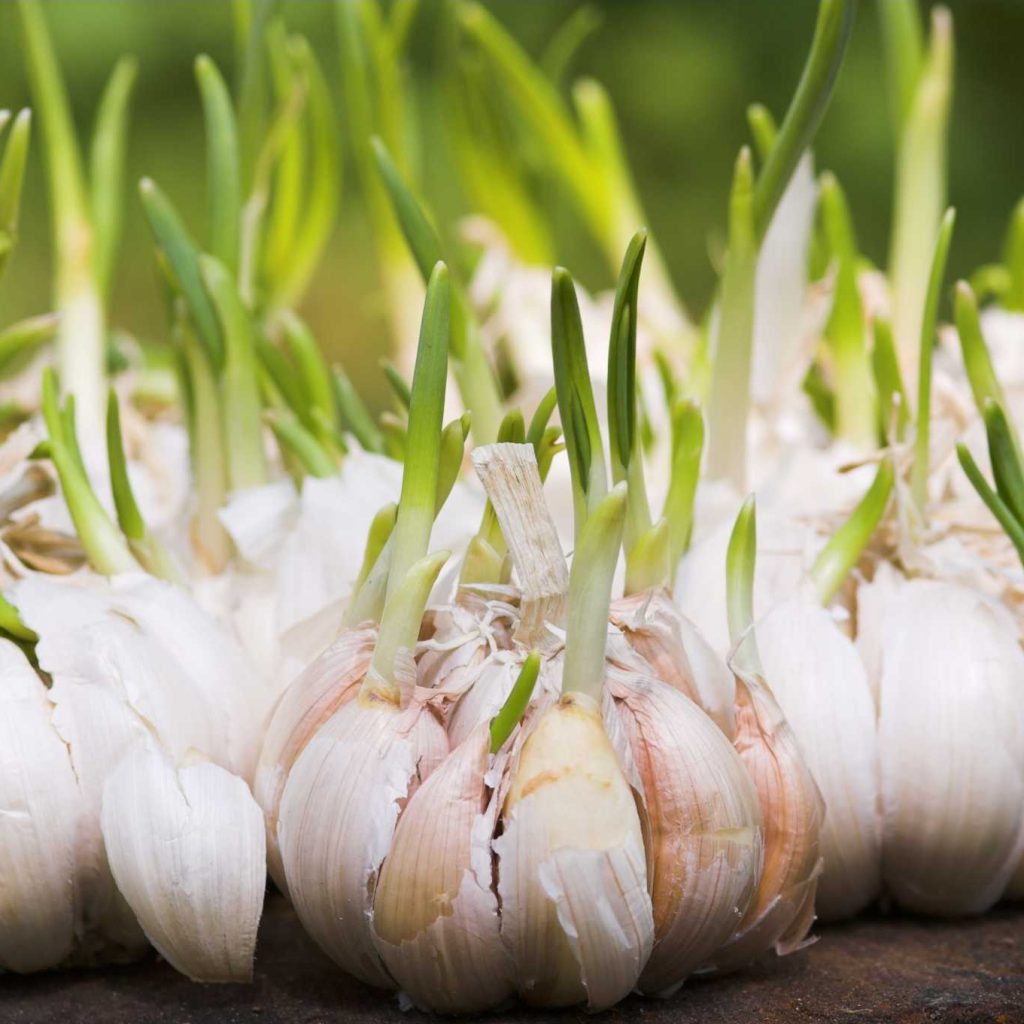
Are you in need of in-depth knowledge on onion and garlic production? If yes, we are a call away. Contact us for: Onion seedlings, Garlic seedlings, Germinated garlic cloves, Farm planning services, Soil testing, training on onion and garlic growing, Drip irrigation installation and maintenance, Agronomic support, Onion and Garlic value pack and Farm management. For free consultation, placing orders or booking a visit with an agronomist, please contact us via Call or what’s app +254703982228, Email: Info@oniondoctor.co.ke. You can also check out our social media handles for daily updates on TikTok: https://www.tiktok.com/@oniondoctorke?_t=ZM-8wmsTu0qumO&_r=1 Instagram: https://www.instagram.com/oniondoctorke?igsh=MTVoaHF3aWUydTJzaQ==Facebook:https://www.facebook.com/share/16SwgYn2dG/ Youtube:https://youtube.com/@oniondoctorke?si=u5Jnd-r0qU9UDYqL and Twitter: https://x.com/OnionDoctorKe?t=FR3JXlS_oN1vjjUgAtfyzg&s=09
Garlic farming in Kenya is steadily gaining traction as more farmers discover its high profitability, health benefits, and growing demand both locally and internationally. With the right practices and timing, garlic can yield great returns—especially when farmers take advantage of Kenya’s climatic patterns and professional agronomic support like that offered by Onion Doctor.
Why Grow Garlic in Kenya?
Garlic (Allium sativum) is a resilient crop that thrives in well-drained soils, cool temperatures, and moderate rainfall. Kenya’s diverse agro-climatic zones offer suitable conditions for garlic cultivation, especially in regions like Nakuru, Meru, Nyeri, Narok, and parts of Western Kenya.
Best Time to Plant Garlic in Kenya
The ideal time to plant garlic in Kenya is towards the end of the rainy season, typically between June and August for the long rains, or October to November for the short rains. This ensures that garlic seedlings benefit from residual soil moisture without being waterlogged—an important factor in preventing bulb rot and fungal infections.
Steps to Successful Garlic Farming
- Land Preparation
Clear the land and ensure the soil is well-tilled. Garlic prefers loose, fertile, and well-drained soils with a pH of 6.0–7.5. - Seed Selection
Use disease-free cloves from healthy bulbs. Onion Doctor provides high-quality garlic planting material suited for Kenyan conditions. - Planting
Plant garlic cloves 2–3 cm deep, with spacing of 10 cm between plants and 30 cm between rows. Make sure the pointed end faces upward. - Watering and Weed Control
Irrigate moderately during dry spells. Avoid overwatering, especially during the rainy season. Regular weeding is essential to reduce competition for nutrients. - Fertilization
Garlic requires good nutrition. Use well-decomposed manure and supplement with nitrogen-rich fertilizers. Soil testing services by Onion Doctor help you know exactly what your soil needs. - Pest and Disease Management
Garlic is relatively hardy but can be affected by fungal diseases and pests like thrips. Regular monitoring and professional agronomic advice—available through Onion Doctor—can minimize losses. - Harvesting and Curing
Garlic is ready for harvest 4–5 months after planting. Once 50–70% of the leaves turn brown, lift the bulbs gently. Cure them in a dry, shaded area for 2–3 weeks before storage.
Market Potential
The demand for garlic in Kenya is high, yet local production still lags behind consumption. Most of the garlic on the market is imported, leaving a significant opportunity for local farmers to fill the gap. With the help of experts like Onion Doctor, smallholder farmers can plan and manage their garlic farms more efficiently to tap into this growing market.
Why Partner with Onion Doctor?
Onion Doctor offers specialized support for garlic and onion farmers across Kenya. From high-quality seedlings to drip irrigation installation, soil testing, and on-farm agronomic training, their services are designed to help farmers maximize yield and profitability. Whether you’re a beginner or an experienced grower, partnering with Onion Doctor can make a big difference in your garlic farming journey.